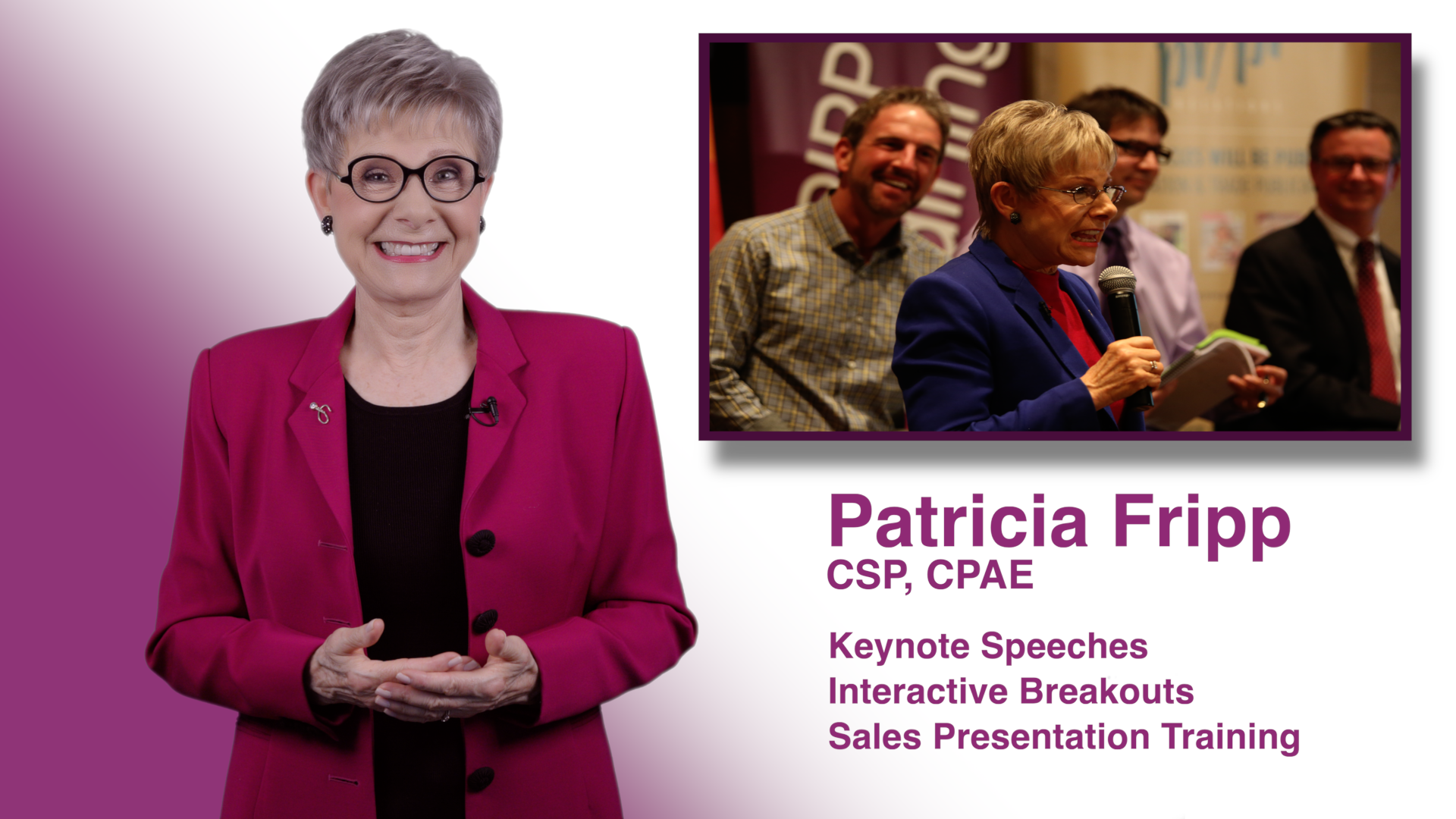Hope you enjoy this great information from my friend, Patricia Fry…

By Patricia Fry
When you go out and speak to a group or conduct a workshop, you want to make a connection with your audience. It’s equally important to the success of your presentation that they connect with one another, especially in a more intimate setting.
You’ll notice that, where there are more seats than people, folks tend to sit apart from one another. You can ask those in the back of the room to move forward. But the majority of them will ignore the invitation. A few people will move one row closer. Others won’t budge.
It’s okay. You can still pull them together and create an atmosphere of camaraderie, which will greatly enhance your presentation. Here are a few ideas:
• For a smaller group, ask them each to introduce themselves and their projects related to the theme of your talk or their interest or experience in the topic.
• Ask what they’ve come to learn from the session. Some might reveal a problem they’re having. This would provide the opportunity to encourage audience input. Ask, “Has anyone else had this happen? What did you do to resolve the issue?” If someone asks a question or expresses a desire for additional resources or information, respond, but also consider soliciting comments from the audience. People will begin to connect.
• If there is time, at some point in the program, assign an exercise that requires audience members to come together in groups—something that depends on teamwork. Make it fun.
• Present a challenge to audience members at large—something that requires discussion among the entire group—again, something light, so you get them laughing together.
• Once audience members have revealed something about themselves with relationship to the theme of your talk, mention it a time or two throughout your presentation. Say, for example, “Just as Sonny said earlier, ‘some cats are more trainable than others.’ Does anyone have a cat as stubborn as the one he described?” or “Angie told us that she plants her sweet peas in December—does anyone else have success doing this?” This will endear the individual to you and, again, help to create a connection between him or her and the rest of the group.
Laughter is a great connecting factor. Maybe you could ask audience members what was the most humorous experience they ever had within the realm of your topic—accounting, gardening, parenting, overcoming depression, preparing a meal, becoming more fit, photographing animals, or writing a novel, for example. As an icebreaker, share yours first.
Emotion is another bonding agent. Audience members who experience something rather emotional together, have a greater sense of camaraderie. Your audience will pick up on your energy (whether it is friendly, warm and genuine or phony, distant and defensive). Tell the tender back story that inspired your novel or children’s book, or talk a little about the abuse you endured as a child and the audience will come together with feelings of compassion for you, a greater sense of understanding or even admiration.
Use your creativity and ingenuity to connect in a positive way with your audience, and you (and your audience) will experience a more successful presentation.
Excerpted from Talk Up Your Book by Patricia Fry (Allworth Press, 2012)
As an executive speech coach my clients include corporate leaders, celebrity speakers, well-known sports and media personalities, and sales teams.

